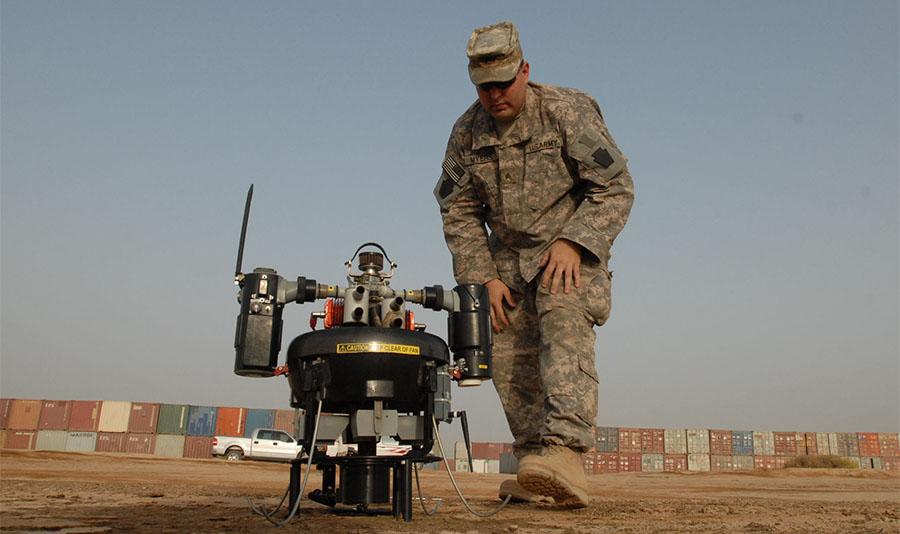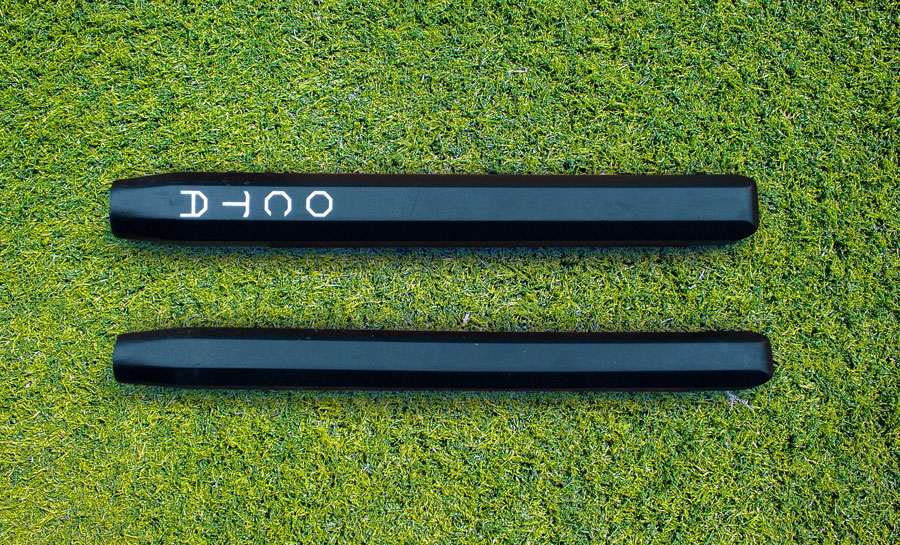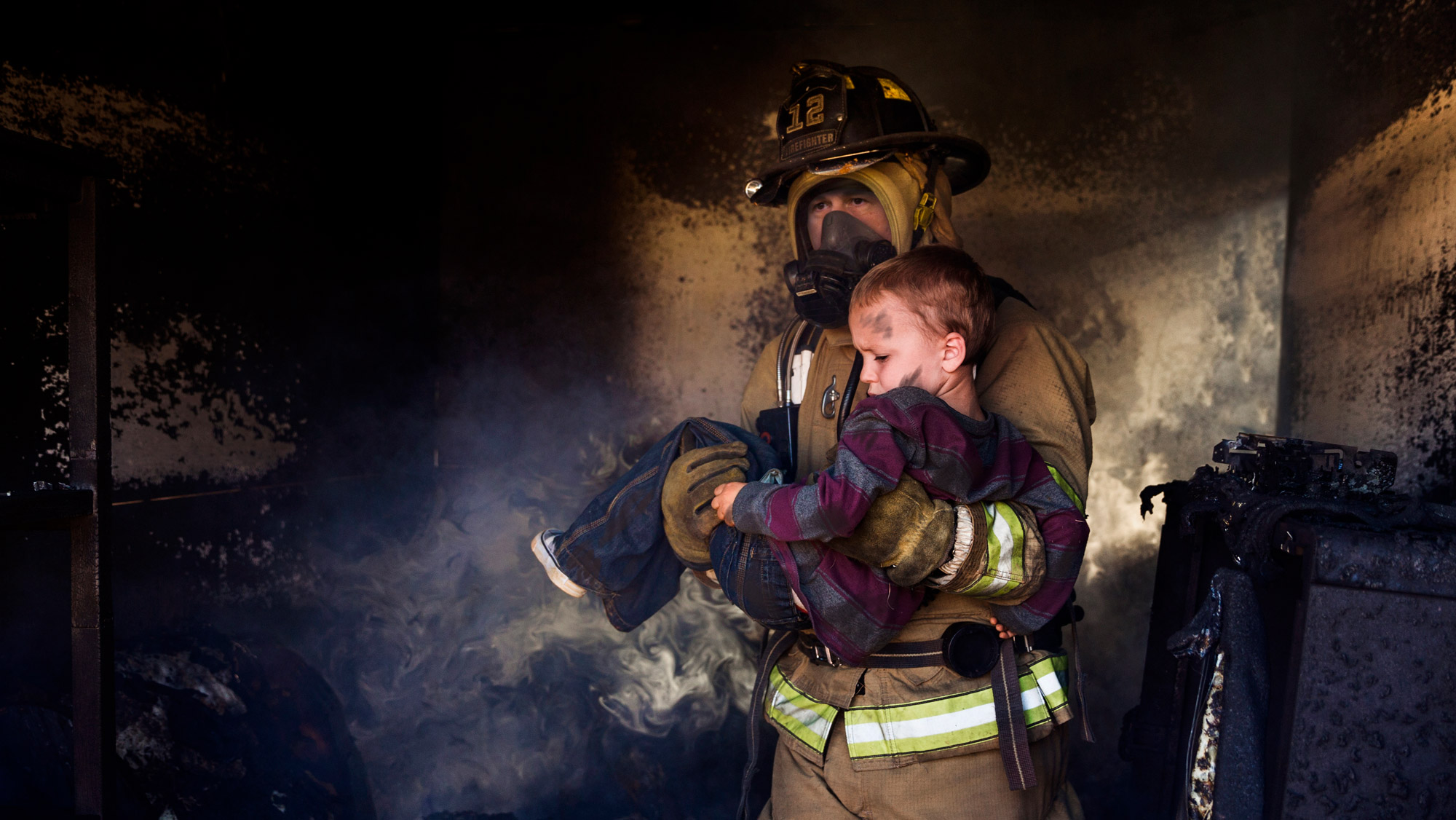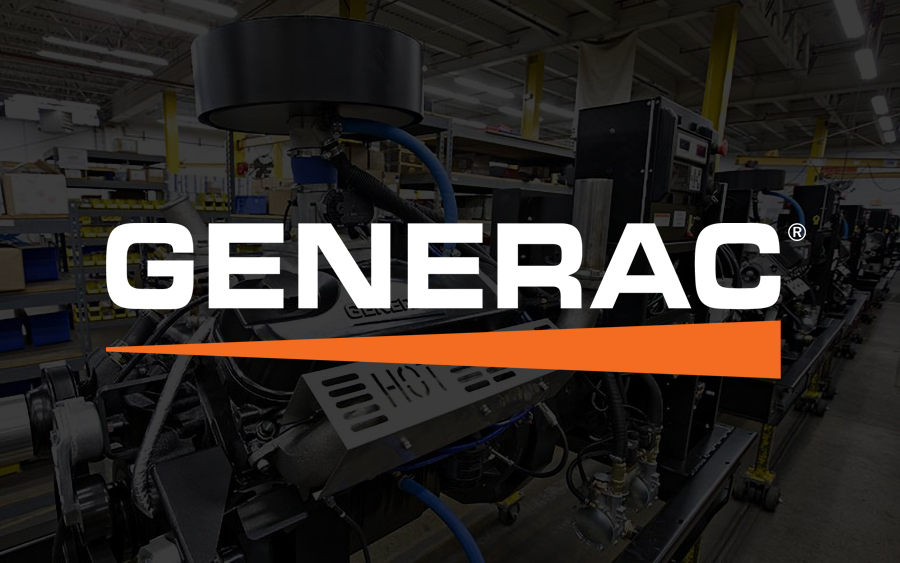Achieving unprecedented weight-to-strength ratios in the T-Hawk Unmanned Aerial Vehicle with 3D printed production parts by Quickparts.
The T-Hawk unmanned micro air vehicle started life as a DARPA research project to create a small size intelligence, surveillance and reconnaissance urban warfare vehicle that weighed just 11 pounds. With vertical take-off and landing, it needed to be easy to carry and set up by a warfighter, require minimum training to use, and have the ability to fly up to 10,000 feet.
Honeywell Aerospace partnering with AAI Textron Systems were awarded the project and the development teams knew that very rapid development was a requirement of the project’s success. With this in mind, they approached Quickparts, for expertise in rapid development, prototyping and additive manufacture of fly-away parts.
Quickparts’ On Demand Manufacturing delivers a rapid service in 3D printed, on-demand parts for manufacturers across every industry and around the world. The global teams offers expert aerospace consulting allowing research projects to be rapidly adapted to leverage the advantages of 3D printing.
Starting with the creation of prototype and test models of the design, the design teams originally envisaged that many polymer production parts would be either carbon fiber or injection-molded parts, but immediately ran into problems. With early flight testing, the design process was a persistent rapid iterative process – to move from initial concept to LRIP (low rate initial production). Time and budget were constraining – rapid deployment to our warfighters in theater was a constant requirement.
“Each control pod had a maximum weight limit of 38 grams,” said Jim Williams, VP of Advanced R&D for Aerospace and Defense with Quickparts. “The air frame engineers at AAI originally designed for carbon fiber. After seeing their approach, I quickly realized that fabrication labor cost and time would be prohibitive and not easily scalable in production. Instead we turned to SLS (selective laser sintering) 3D printing; developing techniques to build the pods as a single part and using a hollow trapped volume approach only made possible by additive manufacturing.”
Using traditional production techniques, the 4 control pods had 3 air-foil shaped vanes with 6-7 components for each pod; each of which was being produced using carbon fiber formed over wooden mandrels. Using SLS 3D printing and additive manufacturing design guidancet, the air frame design team at AAI consolidated the fabrication complexity and cost of multiple components into a single-built part – a 1 piece unitized assembly – using the Duraform PA material that has a very efficient strength to weight ratio. For this application, the aeronautic design performance results were comparable to carbon fiber.
“This process efficiently met the weight requirements but also significantly reduced complexity by creating 1-piece assemblies,” said Williams. “Instead of extra weight with fasteners and glues, these assemblies come out of the printer as a single part.”
With a gasoline powered 2-stroke engine at the top of the of the T-Hawk, a powerful fan made out of compression molded glass-fiber reinforced polymer, directed air-flow through a stator and then to the control pods; weight, time and budget were major drivers throughout the entire design and transition to production process. The stator was an aerodynamically complex design consisting of 13 vanes. The business case was made to use injection molding until it was realized the tooling would prove to be nearly impossible to design, prohibitive in budget and counter to rapid deployment to theater. Williams stated, “We successfully developed a castable polyurethane that mimicked the molecular weight and mechanical strengths of the designated production injection molding resin for delivery of the early proof of concept systems and 25 phase 1 flight validation systems. So it was an easy jump to use polyurethane casting as full-scale production while the client was still trying to sort out the budget and technical challenges of traditional methods.”
The stator was built out of cast urethane from silicone rubber molds using stereolithography (SLA) master patterns created using 3D printing.
“This approach allowed the On demand manufacturing team to achieve precise and repeatable accuracy throughout the multiple production years – manufacturing in excess of 600 systems for our warfighters using this technique,” said Williams.
“Once we perfected automated finishing techniques for air control surfaces of the control pod vanes, we completed the first 25 phase 1 flight testing validation T-Hawk systems,” said Williams. “From there we went into full-rate production, manufacturing hundreds of additively manufactured SLS production systems.”
While the team was originally brought in to work on the prototype models, the techniques used by the team were then expanded into full-rate production. Initial plans to create tooling for these parts were scrapped due to cost and ongoing design changes. With fully-proven, tested 3D printed parts for the airframe, pods and other components, the service from Quickparts Paramount was no longer about prototypes and all about rapid production.
“With as many as 76 3D printed parts per finished system, and more than 600 systems in production, we were soon very busy producing tens of thousands of very lightweight, robust production parts for the T-Hawk.” said Williams.
The finished product met its requirements as a very lightweight, very functional micro-air vehicle, with speeds of up to 50 miles per hour, daytime and nighttime flying, and an unparalleled ‘hover and stare’ ability that enabled functions such as IED identification and disaster assessment for those on the ground. Weighing in at less than 20 pounds fully assembled with sensors, the T-Hawk fits in a backpack and supports a large range of missions.












